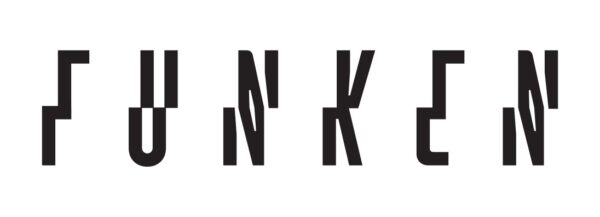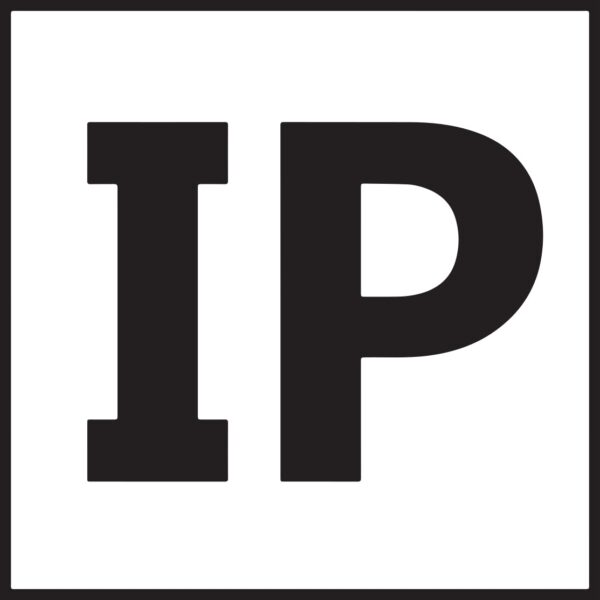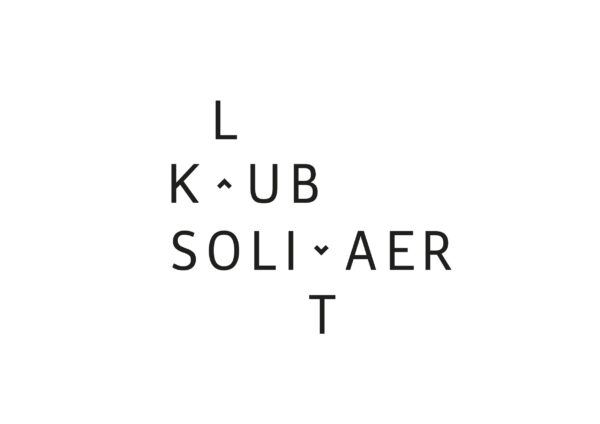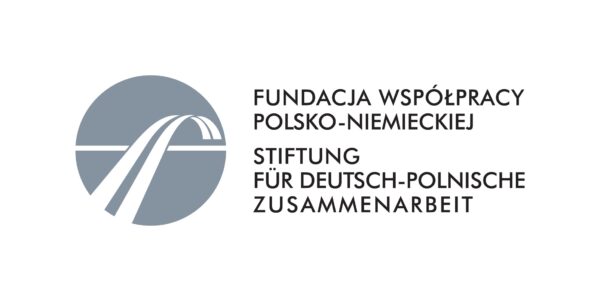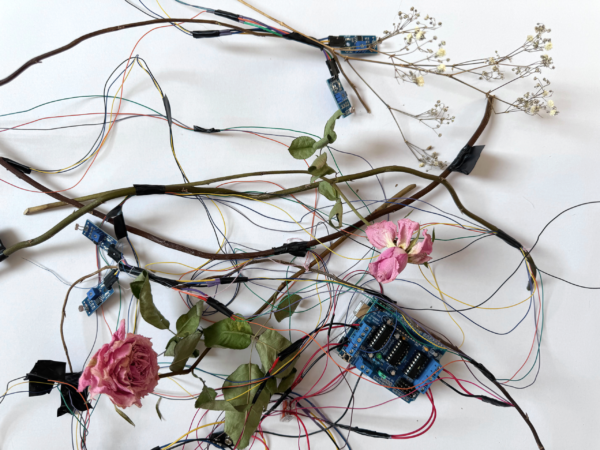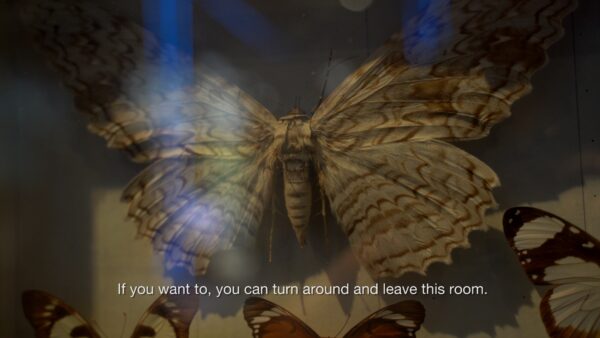Info
Opening program (Wednesday, April 10):
IP Studio (Ruska 46A, room 401.3)
6:00 PM – welcoming, guided tour (part 1)
WRO Art Center (Widok 7)
7:00 PM – guided tour (part 2), performance an act of arriving (or becoming visible)
liquid bodies, chaotic realms and invisible systems
Tasks carried out in laboratories subject to very precise procedures, instructions and treatment protocols do not always produce the expected results: material sometimes degrades, interferences occur.
mattermorphosis presents 9 premier works by participants of the international Funken Academy program. It also narrates the process itself, in which artists experimented at Fraunhofer institutes – by assembling DNA, sculpting from substrate saturated with mycelium, and transforming information into virtual data, which were then processed into precise metal structures.
mattermorphosis showcases the results of these explorations. Installations located simultaneously at WRO Art Center and IP Studio create an interwoven, multi-threaded narrative about technological transformations and their impact on material, our environment, bodies, and behavior.
mattermorphosis takes us on a journey through the complex and paradoxical nature of the materials with which the participants of the Funken Academy of artistic-technological research worked. They faced the challenges of capturing, showcasing and preserving mutating forms. They confronted the intangible matter of the nano-scale, sculpting invisible structures using DNA origami (DNA assembly). They explored the vulnerability of organic systems while attempting to provide the right conditions necessary to grow and work with unpredictable matter (mycelium). Finally, subjecting themselves to the very strict rules of working with machines, they attempted to encode information and data into metal artifacts (3D metal printing). Tasks carried out in Fraunhofer laboratories governed by very precise procedures, instructions and treatment protocols did not always produce the expected results: material sometimes degraded, interferences occurred. Materiality revealed its ambiguous identity, relationality and multivalence, thus pointing to the limitations of tools, our language, knowledge, and understanding.
Despite the diversity of topics proposed by the mentors of the 3 courses (Carolin Liebl & Nikolas Schmid-Pfähler, Pawel Janicki, Noor Stenfert Kroese) and separate technological focuses, certain research themes and processes, as well as some specific artistic threads and sensitivities intersected independently of the groups. The link was the active role of matter and its participation in shaping various aspects of reality, along a spectrum from speculation to agency (new materialism). The development and progress of technology, its influence on the evolution and transformation of the world provided the context for research (transhumanism). Meanwhile, the unrestrained imagination and creative freedom of the participants drove the entire process, leading to the creation of works diverse in their matter and variable in their forms (kinetic sculptures, interactive installations, virtual environments, generative sound installations).
Enigmatic taxa, mutating bodies and the cultivation of fulgurites
Charlotte Roschka presents a mysterious organism that due to insufficient data, ambiguous features and spontaneous behavior escapes systematics and taxonomy. In her work Insertae Sedis (enigmatic taxa), she creates a kinetic sculpture, mimicking the process of DNA folding (DNA origami) towards a stable and self-sustaining structure (self-supporting system). She uses a machine learning model trained on genes and images of organisms’ body structures, employing genetic material as an artistic medium, and speculating on future, as yet unidentified species and forms. Pai Litzenberger sculpts a transformable imagined organism that crosses different realms (from a digital 3D model to an ephemeral structure made of ice). They shape and deform its identity through gestures of micro-performativity (Ghostly Collector). Amelie Vierbuchen takes us into the chaotic realm of fulgurite cultivation. They guide us through the process from a lightning strike, during which extremely high temperatures are generated, to the melting of minerals and the solidification of crystalline structures. They attempt to recreate this natural process of reverse growth mechanism inside a precise metal printing machine ( _ _ harvest).
Dramaturgy of prime numbers, data stored in RNA, the printers’ drawer and a code of life
Erwin Jeneralczyk looks for patterns (rhythm) in mathematical sequences, such as prime numbers (analysis of the first million). Inspired by theories of emergence and chaos, he discovers subtle dependencies, and visualizes orderly patterns, extending his journey into the depths of noise and signal (Safeness). Working as a duo, Jonathan Joosten and Hendrik Klatte construct a rhizomatic structure, a heterogeneous ecosystem composed of fungi, minerals and found objects, placing them in an old printers’ drawer. The previously unrelated objects of the private collection become components of a contemporary modular synthesizer (An act of arriving <or becoming visible>). Sohyun Lee wonders if (foreign) memories can be encoded in our bodies? According to molecular biology research being developed by Oded Rechavi’s team, memories can be transferred between generations (epigenetic inheritance and RNA functions). Certain experiences affect our genes. A specific type of knowledge can be inherited at the cellular level, and the body becomes a repository of biological data. In The Case of Data Worm, the artist transforms a huge amount of RNA data into a 3D model and creates a metal structure from it. Laura Leppert creates a visual essay tracking the images and obsessions associated with DNA. She examines the scientific metaphor of DNA as the “code of life” – a universal language without an author. She guides us through historical processes of knowledge production, which over time become mythology. Oscillating between science and fiction, she follows the code – from nanotechnological laboratories, through the Museum of Natural History, to the complex systems of information encoding and decoding the black boxes of big data algorithms (Code or Crysalis).
Side effects, hybrids and organic machinery, collaboration or exploitation
Eugénie Desmedt looks at the processes of creating an artistic work using organic matter as a physical material (from the growth to the decay of Reishi mushrooms). The conscious use of material leads to reflections on its status – from a friendly ally to a substance that is difficult to cooperate with and requires subordination and control (How to negotiate with a material). Sonia Kujawa continues this theme by raising questions about opportunities and risk factors in building symbiotic relationships based on collaboration with organic matter (mycelium). Where does the fine line between cooperation and co-creation end, and exploitation and control begin? Working with a sensitive organism requires attunement. Improper handled protocols destroy the material. Transferring these experiences to the plant-technology-human network, she creates an installation where a Japanese Willow (remarkably resilient and determined, despite its fragile appearance and tenderness) connected to electronics, follows a light source controlled by the viewer. The rather cruel choreography of conditioned reflexes simultaneously creates a relationship of dependency that is surprisingly appealing to observe. A strange byproduct of progress emerges (Symbionic Affairs).
Matter feels, converses, suffers, desires, yearns and remembers / Karen Barad
____________________________
Artists: Eugénie Desmedt, Charlotte Roschka, Erwin Jeneralczyk, Jonathan Joosten, Hendrik Klatte, Sonia Kujawa, Laura Leppert, Sohyun Lee, Pai Litzenberger, Amelie Vierbuchen
Curator: Dominika Kluszczyk
Preselection team: Ben Balcerzak, Dagmara Domagała, Kinga Gralak, Paweł Janicki, Zuzanna Jaworska, Tola Kita, Dominika Kluszczyk, Nari Kutlubasis, Mariia Serhiienko, Gosia Wrzosek
Production and coordination: Zuzanna Jaworska, Mariia Serhiienko
Visual identity: Kinga Gralak
Funken Academy mentoring team: Carolin Liebl & Nikolas Schmid-Pfähler, Paweł Janicki, Noor Stenfert Kroese
Consortium: Klub Solitaer (Chemnitz), Ars Electronica (Linz), WRO Art Center (Wrocław)
Technological partners: Fraunhofer ENAS (Chemnitz), Fraunhofer IWU (Dresden), Ars Electronica BioLab (Linz)
The project is implemented with the support of the Municipality of Wroclaw | wroclaw.pl, the Foundation for Polish-German Cooperation, and the European Union within the framework of the “Creative Europe” program.
